Japanese knotweed (Fallopia japonica) is an invasive plant species that can be found in most parts of the UK. The plant has several identifying features; some of the most prominent features for identifying Japanese knotweed include:
- Large, heart-shaped leaves
- Clusters of small white flowers
- Bamboo-like stems
How to identify Japanese knotweed
To identify Japanese knotweed accurately, you’ll need to know exactly what it looks like. To help you out, we’ve put together a nifty Japanese knotweed identification guide to help you determine whether the suspicious new plant on your property is Japanese knotweed or something less menacing.Have a click around our Japanese knotweed visual guide to see its key characteristics:
Japanese knotweed identification guide:
When it comes to Japanese knotweed identification, there are a few features you can keep an eye out for. These are the most distinctive features that can be used to identify knotweed: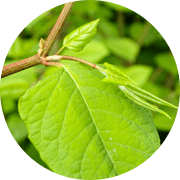
Leaves
If you identify Japanese knotweed leaves appearing in your garden, we recommend enlisting the help of a Japanese knotweed specialist as soon as possible.
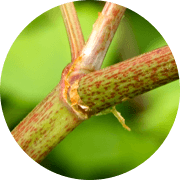
Stems
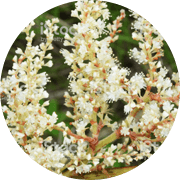
Flowers
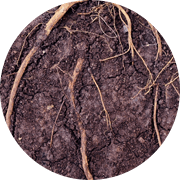
Rhizome (root)
Identifying Japanese knotweed throughout the year
Japanese Knotweed looks very different during the different phases of its life. The best time of year to identify knotweed is in the mid-to-late summer, when the plant is fully grown and its distinctive leaves and flowers are on full display. We’ve put together a handy pocket-guide to help you identify Japanese knotweed all year round.Spring
During the spring, Japanese knotweed begins to regrow after dying down for the winter. Typically starting in mid-March, red and purple shoots will begin to push through the soil and quickly begin growing leaves. These leaves will begin life tightly curled up to the stem in a purplish colour, and begin to unfurl as summer draws closer.Summer
In the height of the summer, Japanese knotweed is in full swing. Bright and full, it appears green and leafy above ground, with purple-speckled stems. This is when you’ll spot those creamy-white Japanese knotweed flowers. The leaves in summer will be a vibrant green colour with reddish veins, growing anywhere from 10-20cm long.Autumn
As the lush green of the summer turns to autumnal auburn, Japanese knotweed follows suit. Its leaves will turn a yellowy gold, while the stem will fade to a darker brown.Winter
As temperatures drop, the wintertime design of Japanese knotweed becomes far less colourful. Brown and bare, the weed retreats back to its rooty rhizomes, leaving behind its woody stalks. All flowers and leaves will completely die away, being no longer visible until spring rolls around again.Knotweed or not? That is the question...
Thankfully, not all suspected cases of Japanese knotweed are the real deal. In fact, the villainous vine has many doppelgangers and most instances of suspected knotweed are merely a case of mistaken identity.Before you start panicking or butchering your back garden, be sure you have a genuine case of Japanese knotweed on your hands. Many plants look like Japanese knotweed, including the following species:
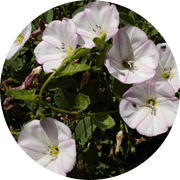
Bindweed
However, unlike Japanese knotweed, Bindweed isn’t capable of supporting itself and, instead, makes its vertical ascent by coiling itself around the stems of other standing plants.
It also boasts large flowers in the summertime, clearly differentiating itself from traditional Japanese knotweed.
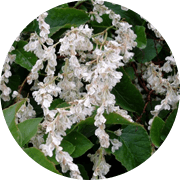
Russian Vine
On the other hand, it is also similar to Bindweed in that it relies on other plants to grow upward, twisting and climbing around the stems of taller, more solid vegetation.
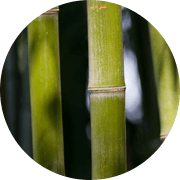
Bamboo
That being said, bamboo stems are considerably denser than its Asian brethren and boast a strong sturdiness lacking in Japanese knotweed. Bamboo leaves are also notably narrower and longer.
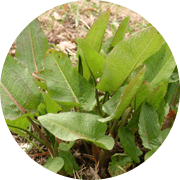
Broadleaf Dock
However, this plant is typically shorter than Japanese knotweed and contains a foamy substance in its stem, clearly visible when cracked open.
What to do if you identify Japanese knotweed
If you identify Japanese knotweed growing on (or near) your property, you should call a specialist ASAP. Someone who’s used to dealing with Japanese knotweed on a regular basis will be able to confirm the plant’s identity, determine the severity, and advise you on the best course of action.Get in touch with the Total Weed Control team if you'd like us to perform a discreet survey of your suspect shrub.
We offer a range of Japanese knotweed treatment plans, as well as a Japanese knotweed insurance-backed guarantee for added reassurance.
Get in touch if you think you’ve spotted Japanese knotweed on your property
